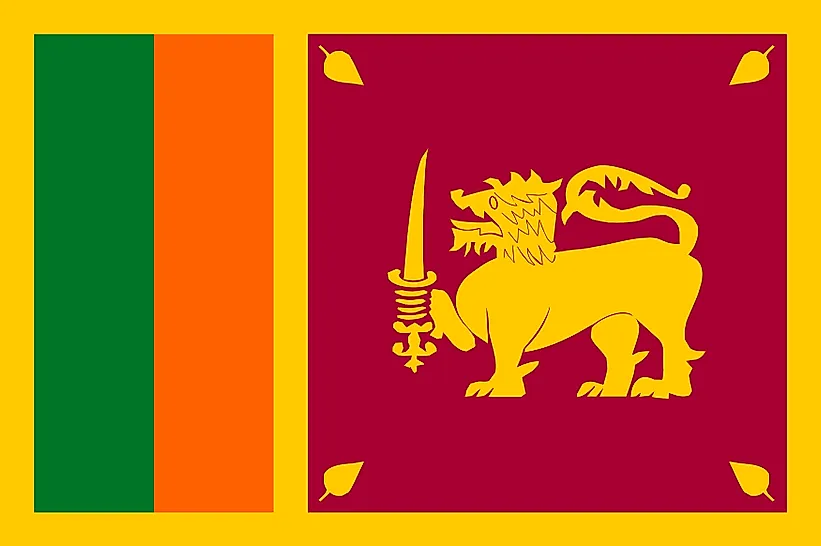
Sri Lanka
| Continent | Asia |
| Capital | Colombo |
| Population | 21,203,000 |
| GDP | $237.00 Billion |
| GDP per Capita | $11,200 |
| Dialing Code | +94 |
| ISO Code (2-letter) | LK |
| ISO Code (3-letter) | LKA |
Sri Lanka Landscapes






About Sri Lanka
Welcome to Sri Lanka, a nation of tropical splendor and ancient wisdom. With approximately 22 million people across 65,610 square kilometers, Sri Lanka combines remarkable biodiversity with rich cultural heritage, standing as a crossroads of ancient maritime trade routes.
Geographic Features and Natural Beauty
Sri Lanka’s geography encompasses diverse landscapes from central highlands to tropical coastlines. The country features the Central Highlands including Adam’s Peak, pristine beaches, and extensive lowland plains.
The landscape includes tropical rainforests, tea plantations, and coral reefs. The country’s varied terrain creates diverse ecosystems supporting unique wildlife including Asian elephants and leopards.
Protected areas include Sinharaja Forest Reserve, a UNESCO World Heritage site, and numerous national parks. The country’s commitment to conservation focuses on preserving its biodiversity while promoting sustainable tourism.
Cultural Heritage and Traditions
Sri Lankan culture represents a vibrant fusion of Buddhist, Hindu, Muslim, and colonial influences. The country’s heritage includes eight UNESCO World Heritage Sites, ancient cities, and sophisticated artistic traditions.
Traditional arts include Kandyan dance, mask carving, and batik textile making. Cultural practices feature elaborate festivals like Vesak and Esala Perahera.
Sri Lankan cuisine, known for its spices and flavors, features dishes like rice and curry, hoppers, and Ceylon tea. The tradition of ayurvedic medicine and hospitality remains central to cultural identity.
Historical Journey
Sri Lanka’s history spans from ancient civilizations through colonial periods to modern independence. The country was known in ancient times as Serendib, giving rise to the word “serendipity.”
Significant periods include ancient kingdoms like Anuradhapura, Portuguese, Dutch, and British colonial eras, and independence in 1948. The country’s historical sites demonstrate sophisticated ancient engineering and artistry.
Modern Economic Landscape
Today’s Sri Lankan economy focuses on services, agriculture, and manufacturing. The country is known for its tea exports, textiles, and growing tourism sector.
Recent initiatives emphasize sustainable development, digital transformation, and port development. Sri Lanka’s strategic location and skilled workforce support its economic potential.
International Relations and Global Position
Sri Lanka maintains active participation in South Asian affairs while fostering global partnerships. The country’s strategic location along major shipping routes extends its significance.
Did You Know?
• Sri Lanka was the first country in the modern world to have a female head of government?
• The country is the world’s fourth-largest producer of tea?
• Sri Lankan cinnamon (Ceylon cinnamon) is considered the only true cinnamon?
• The country has one of the highest rates of biological endemism in the world?
Conclusion
Sri Lanka represents a unique combination of natural beauty and cultural depth. From its ancient cities to its pristine beaches, from its traditional arts to its modern developments, Sri Lanka continues to evolve while preserving its rich heritage. As it addresses challenges including sustainable development and economic growth, Sri Lanka remains committed to progress while maintaining its position as a jewel of the Indian Ocean.